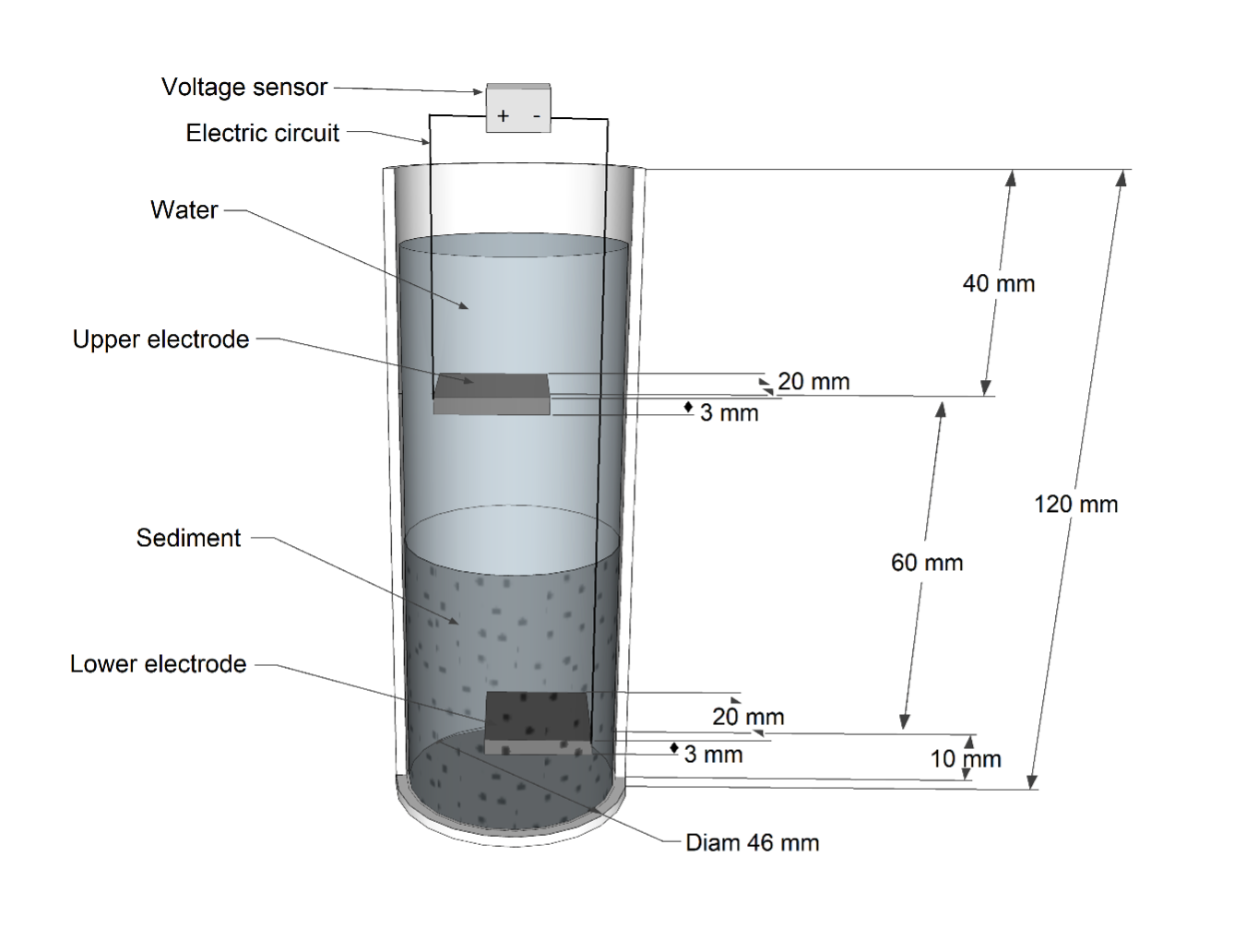Revista Mexicana de Ingeniería Química, Vol. 20, No. 3 (2021), Bio2292
Influence of the cellulose and sulfate ratio on voltage generation in Winogradsky columns
|
C.L. Fernández-Rendón, G. Barrera-Escorcia, H. Romero-Paredes, I. González
https://doi.org/10.24275/rmiq/Bio2292
Abstract
 |
|
It is possible to measure the voltage generation in Winogradsky columns by adding an electrical circuit with an anode (buried in sediment) and a cathode (submerged in water). The effect of cellulose/sulfate ratio on voltage generation in sediment columns has not been systematically investigated. Therefore, the aim of this work is the optimization by factorial design the cellulose/sulfate ratio to improve voltage generation in Winogradsky columns. Voltage was generated under different cellulose/sulfate ratios, from 0.08 to 2.57. The voltage in each Winogradsky columns was recorded for 45 days. The response surface model identified an optimal cellulose/sulfate ratio of 0.75 that produced voltage between 300 to 400 mV for several days. These devices represents an alternative for renewable energy generation and cellulose waste could be used as a carbon source.
Keywords: Sediment microbial fuel cell, Winogradsky column, voltage.
|
|
 |

